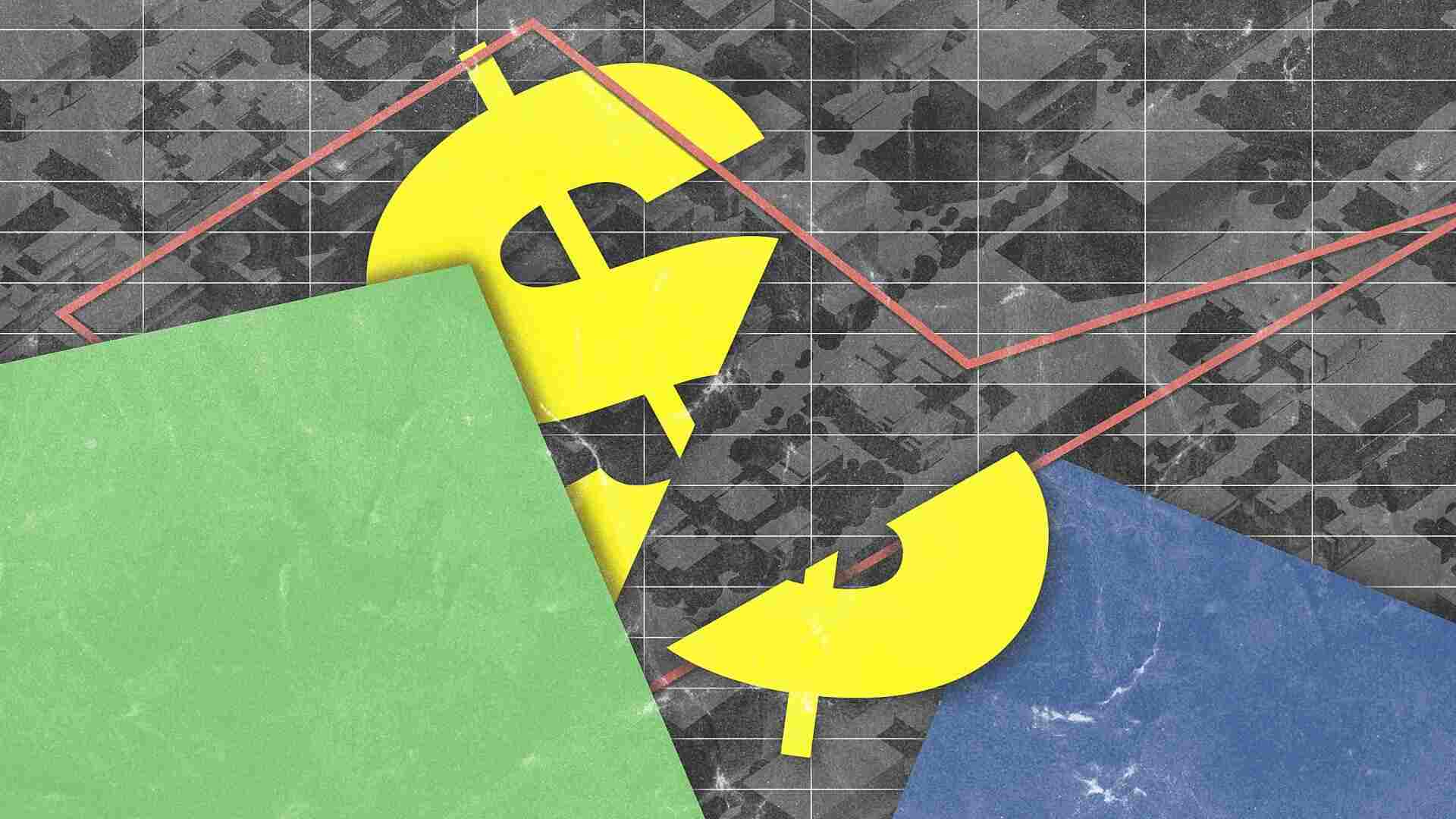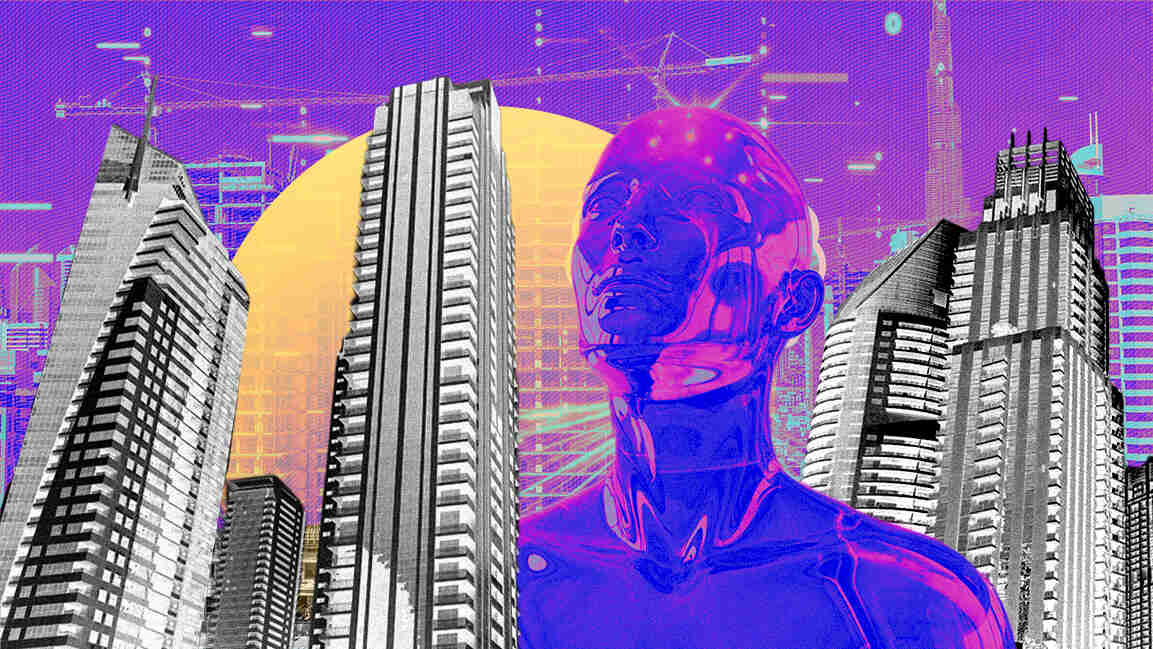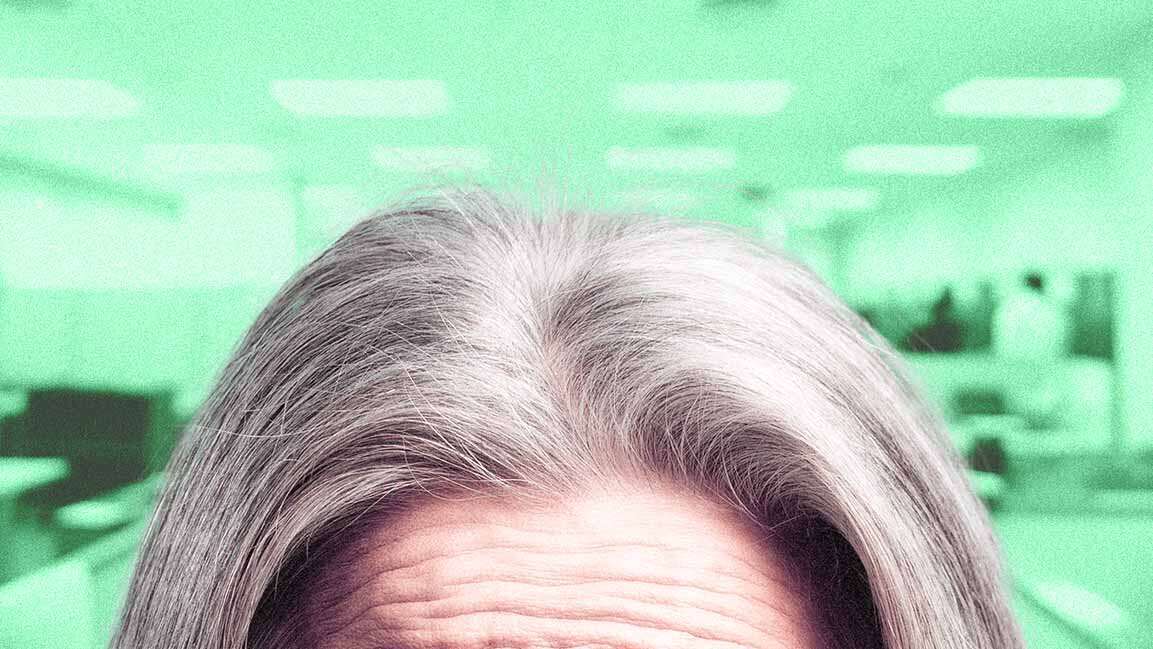- | 9:00 am
Financial education won’t close the wealth gap, but these 3 things will
Zest AI’s Aaron Long observes that more than 43 million people in the United States, who are finding it very difficult to pay household bills.

Growing up in the 1980s in a Black household in St. Louis, MO, my dreams were a lot smaller because I didn’t know how big they could be. Living paycheck-to-paycheck creates two main disadvantages that make it hard to dream big. At the household level, wealth dictates a child’s education and environment, and if those things don’t improve, it kicks off a vicious cycle that makes it nearly impossible to get out of poverty and dream of a better life. Not to mention the mental toll it can take.
Unfortunately, that’s the reality of more than 43 million people in the United States, who are finding it very difficult to pay household bills. Even in less expensive states like Arkansas, experts say the salary needed by two working adults to comfortably raise two children is up to $180,794.
These numbers don’t even account for the millions of people who are further disadvantaged by race and gender. Wealth and income gaps, housing instability, lack of access to affordable healthcare, credit/lending disparity, a weakened education system, and several other socioeconomic factors make it hard for many Americans to dream big. But we can change the wealth gap by taking these three concrete steps for a more inclusive future today.
WATER FINANCIAL DESERTS
In 2023, 4% of Census tracts in the U.S. were banking deserts and another 4% could become a desert if the one banking branch that’s left shuts down. A banking desert is defined as a Census tract without a physical bank branch within a certain geographic radius determined by the type of community: two miles for urban communities, five miles for suburban communities, and 10 miles for rural communities.
Today’s banking deserts are 14% rural, 66% suburban, and 20% urban and 15% of those deserts are majority Black, majority Latinx, or majority Indigenous. Adding insult to injury, 39% of people in banking deserts also have limited broadband access, making digital banking inaccessible.
The pace of bank branch closures across the U.S. has doubled since 2020, which makes sense in certain areas where the majority of consumers are banking online. However, that’s not an option for everyone, which is why it’s critical to reverse this trend in banking deserts to open access to financial services for the people who’ve been thirsting for it.
OPEN CREDIT ACCESS
On top of living in banking deserts, between 45 and 55 million U.S. consumers have no credit score. And that number is even higher among Black and Latinx households who are twice as likely as white households to lack a credit score.
And it’s not just people of color who struggle with credit access. Women also face pay disparity and the so-called “Pink Tax,” in which companies disproportionately undermine the financial well-being of women by charging them more than what men pay for day-to-day products and services. Additionally, LGBTQIA+ communities often find themselves disadvantaged if they’re among the 28% who experienced homelessness or housing instability at some point in their lives. All of this impacts a person’s ability to get a loan through traditional credit scoring methods.
To give these underrepresented groups access to credit and alternatives to payday lenders, financial institutions need to ensure the data being used to assess credit scores is responsibly sourced, accurate, and compliant.
Additionally, financial institutions need to eliminate onerous fees, fines, and minimum balance requirements, especially for low-income customers. Imagine people working as house cleaners, waiters, or nursing home attendants for example. Their income fluctuates depending on the hours their employer gives them week to week or the tips they get day-to-day. Assuming these hourly employees don’t have a huge nest egg in their bank accounts, it only takes one delayed paycheck or a week of reduced hours to push their accounts into the red. Then those customers are fielding overdraft fees, creating another vicious cycle of debt to pay off debt.
REGULATE RESPONSIBLY
To truly protect the unbanked and underbanked from payday lenders, we need to have regulations in place to combat their predatory practices. Payday lenders have traditionally targeted Black Americans, people without a college degree, people with incomes below $40,000 a year, and people who are separated or divorced. Some are also starting to target younger generations, who are still building their credit profiles.
The payday industry’s billion-dollar profits are typically generated on loans of $350 or less and recent CFPB research found payday lenders collect 75% of their fees from borrowers who take out more than 10 loans per year.
Without federal regulation, 20 states and Washington D.C. have taken it upon themselves to enact laws to cap payday lending interest rates at around 36% annual percentage rate (APR), but the remaining states are still ripe with triple-digit interest on payday loans.
We’ve seen some progress after the Supreme Court recently ruled against claims that the CFPB was unconstitutional. However, that ruling only scratches the surface of the problem. While the CFPB can restart its efforts to crack down on predatory lending, its success is largely dependent on the outcome of the dozens of remaining legal challenges brought by the payday lending industry.
In addition to payday industry regulation, measures to forgive student loan debt, provide cash aid without conditions, and offer free services like the IRS’ permanent free tax-filing option, are all examples of state and/or municipal action that could help close the racial wealth gap.
CONVERT DREAMS TO REALITY
In the 60+ years since Martin Luther King Jr.’s “I Have A Dream” speech, the racial wealth gap is getting worse instead of better. If we were to continue toward pay parity at the rate we’ve been going, fixing the wage gap between Black and white earners would take 513 years.
Despite some progress, we still live in a country where the environment you grow up in is likely to dictate your access to wealth. Nobody has control of where they come from, but if our country still wants people to believe in the American dream, we need to facilitate access to the most essential and basic building blocks. Without access to financial services, fair credit, regulation to reign in the bad actors, and innovative products and services to provide an alternative, the American dream can never become a reality.







































